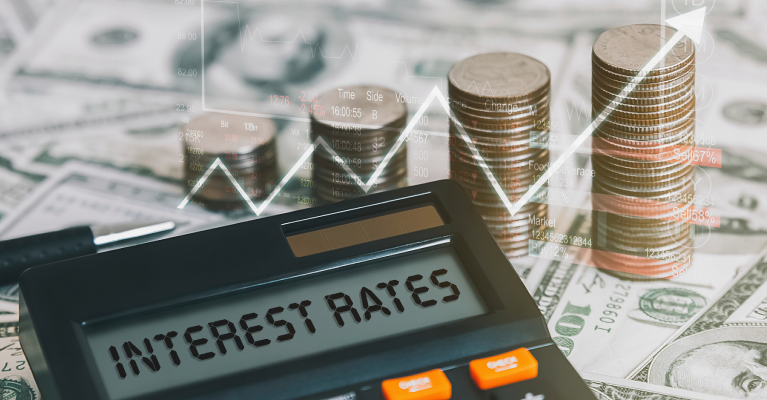Last year, many Americans stockpiled cash to prepare for the uncertainty of the COVID-19 pandemic. So much so, the personal savings rate for Americans reached record levels. The U.S Bureau of Economic Analysis (BEA) reported that the savings rate for Americans was up to 33% in April 2020, the highest ever reported by the BEA.[1] Coming into 2021, the savings rate for Americans has come down as the economy reopens with consumers unleashing pent up demand. However, even with higher spending compared to 2020, Americans continue to exhibit elevated saving rates compared to pre-pandemic levels.
While it may seem prudent to maintain excess levels of cash in a savings account, there are also opportunity costs to consider by keeping extra cash on hand. Most importantly, one should review the yield that can be generated in a savings account. The rate of return in a savings account (even a high yield savings account) continues to be below the historical average and is unlikely to keep up with inflation. These additional reserves are not even able to keep up with their purchasing power and end up losing value in the long run. Instead of letting funds on the sideline go underutilized, there may be more practical solutions for this cash to optimize overall return.
Maximize 401(k) and IRA contributions
First and foremost, maximize contributions to your retirement plan offered by your employer. While one can’t fund a 401(k) from their savings account, it may make sense to get less take-home pay by increasing the amount deducted from your paycheck. Money pulled from take-home pay and put into a 401(k) lowers taxable income. If you do not participate in a 401(k) or another qualified plan, contributions to a traditional IRA may also be tax-deductible.
Contribute to Health Savings Account (HSA)
Another investment vehicle that potentially could be a home for additional funds is a Health Savings Account (HSA). HSAs let an individual make annual contributions toward health costs and offer significant tax perks. Some of the advantages of an HSA are:
- Contributions to an HSA are federally tax-deductible, reducing your taxable income.
- Both contributions and earnings grow federal tax-free
- Withdrawals for qualified out-of-pocket medical expenses are also tax free — whenever one takes them, no matter their age.
Pay down debt
Outside of investing surplus cash, paying down outstanding debt is another way to reduce the opportunity cost of excess cash. Making some advance payments on obligations, such as credit card payments and car loans, could be an efficient way to save on interest and fees. Paying off debt ahead of schedule allows someone essentially create a rate of return. To illustrate this, if there is an annual interest rate of 5% on a loan and one can manage to pay that loan off 12 months ahead of schedule, this individual has just locked in a return of 5% on their money.
Review existing plans
You might also want to take this time to review your risk management plan as well, including things like auto insurance, life insurance, and disability insurance. If you need more coverage, you can use your extra funds to get the coverage in place that you need.
If you feel like the you are in a position where you are uncertain on how to maximize your extra savings, you should take the time to really think about your larger goals and how you can use money to achieve them. Investing your money in the stock market can help you reach your longer-term goals more quickly. Though it carries more risk than keeping cash in a savings or money market account. It may be beneficial to partner with a financial advisor to analyze your goals and design a portfolio that are you comfortable with to steer through this market environment.

Helping you boost your financial intelligence.
Read our financial resources from your friends at WSFS.




